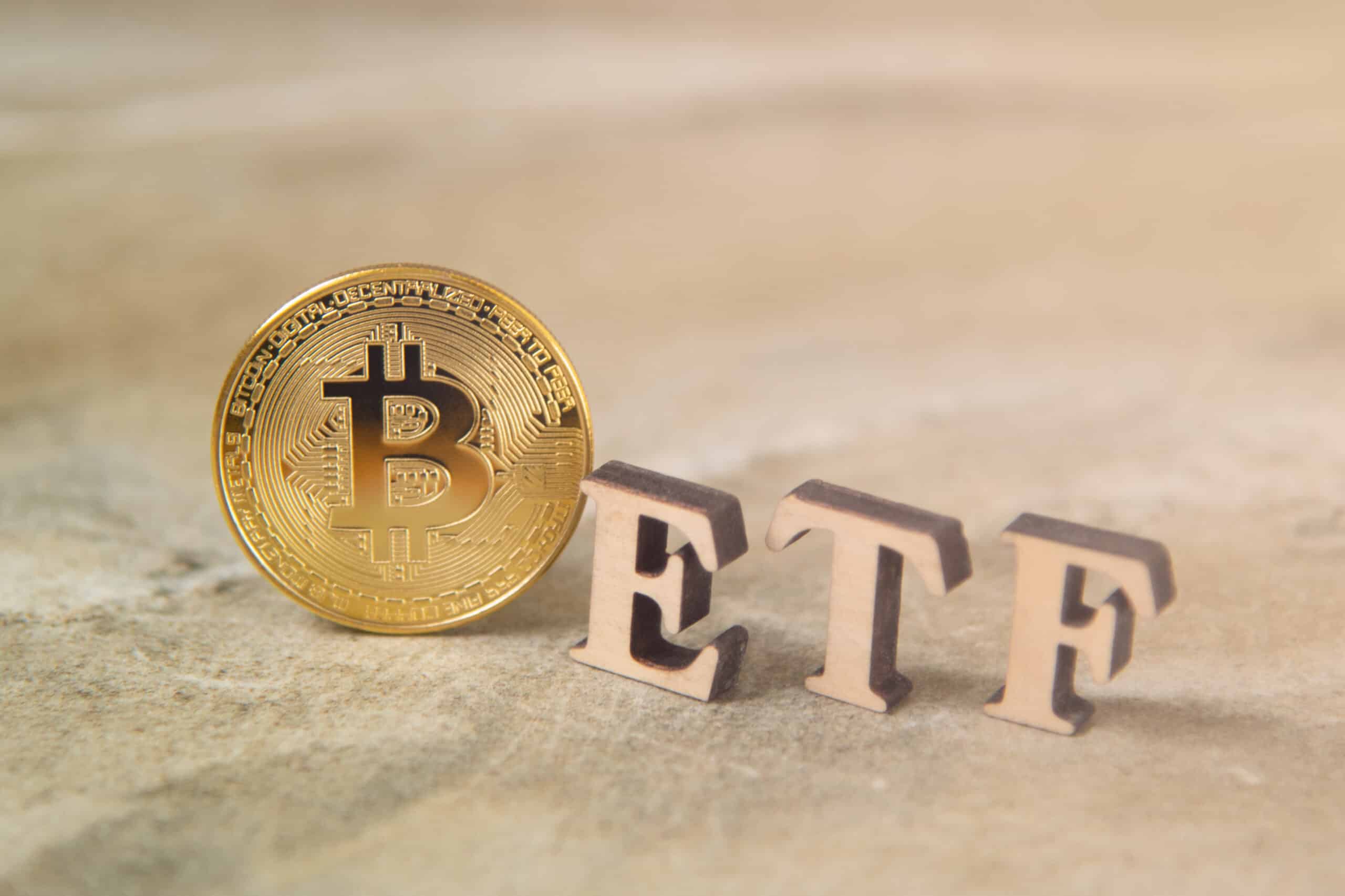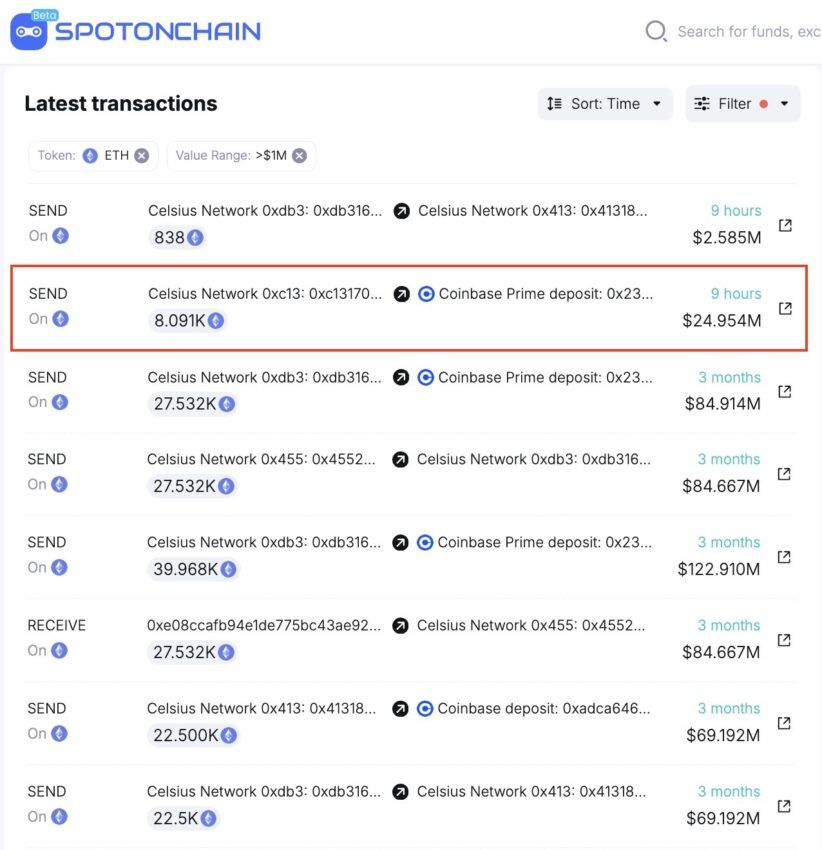It’s been a sophisticated week for bitcoin‘s adoption story. In explicit, Michael Saylor and Elon Musk gave extra momentum to the concept that bitcoin can be utilized in commerce: Musk signaled potential for Tesla’s return to accepting bitcoin funds, and Saylor referred to as the Bitcoin community a rail system for the worldwide greenback.
The finest bellwether for bitcoin’s use in commerce is the Lightning Network. Briefly, Lightning is a commerce-friendly service that sits on high of Bitcoin. It permits events to transact rapidly and cheaply, verifying their transactions periodically in batches through the extra trust-minimized Bitcoin community.
As we famous in final week’s Chain Links, Lightning has been surging this yr. As of this Tuesday, the variety of bitcoin accessible to be used on its community had elevated by 44% since Dec. 31.
This column initially appeared in Crypto Long & Short, CoinDesk Research’s weekly publication for skilled buyers.
That’s one thing for bitcoin’s potential use in commerce. But we’d be remiss to not think about it subsequent to Bitcoin’s use on one other community that’s extra related to finance than with commerce – Ethereum.
Wrapped Bitcoin (WBTC) is an Ethereum-compliant (ERC-20) token that’s pegged to the worth of bitcoin. The peg is maintained by the custodian BitGo.
The variety of bitcoin wrapped on Ethereum has grown quicker (67%) over the identical interval, and it’s a pair orders of magnitude better than the variety of bitcoin dedicated to the Lightning Network: As of this Tuesday, the provision of WBTC was 188,961. Lightning Network’s bitcoin capability was 1,523.

In concept, it’s potential that WBTC might be used on business functions that settle for ERC-20 tokens. In actuality, it’s used for decentralized finance (DeFi).
The story of those two charts is evident, not less than for now: bitcoin is way more like gold, an funding, than it’s just like the greenback, a medium of trade.
Michael Saylor went on CoinDesk TV this week and talked about that distinction, describing a world wherein residents of dollarized, bitcoin-adopting international locations like El Salvador have digital wallets holding a number of cryptocurrencies: One forex is a stablecoin pegged to the greenback; the opposite is bitcoin, an funding.
That’s the place Saylor departed the textual content. “It’ll transfer on Bitcoin rails,” he stated, speaking about that greenback stablecoin, resulting in additional dollarization internationally. The chance of dollarization through stablecoins is actual, however as for what rails it is going to transfer on, the market has spoken: It’s not Bitcoin, it’s Ethereum.

The chart above exhibits the provision of tether (USDT), the most important stablecoin by provide, on three networks that assist it. The almost flat line is tether on Omni, an application-supporting layer that runs on Bitcoin, and tether’s unique community. The line that goes up and to the right-hand nook of the chart is tether on Ethereum.
Tether and different stablecoins definitely have the potential to facilitate commerce, higher than extra unstable cryptocurrencies, that are extra suited to funding. However, in actuality their use is in finance, particularly as a quote forex on cryptocurrency exchanges.
In sum, it’s finance, not commerce, that’s main adoption of crypto, and whereas bitcoin enjoys a novel standing because the blue-chip funding on this class, the market is displaying a transparent choice for rails constructed on Ethereum.
That brings to thoughts one other little bit of thought management that went out over crypto’s digital TV airwaves this week: Steve Hanke, a Johns Hopkins economist, stated El Salvador’s new bitcoin coverage will make it a hub for criminals seeking to launder bitcoin into {dollars}. (My bitcoin maximalist buddies will rapidly level out that Amsterdam and Frankfurt have lately served as fairly handy money-laundering hubs.)
As the above chart exhibits, there isn’t a scarcity of demand for dollar-pegged stablecoins. The crypto exchanges providing liquid bitcoin-tether crosses are many, and a few of them, I believe, would not have probably the most stringent KYC/AML. Crypto-to-dollar pairs are fewer, and if a world like Saylor describes actually involves cross, the regulatory challenges on the ramps between crypto and commerce will lengthen far past the borders of 1 Central American nation-state.




